Introduction
Pears, botanically classified as Pyrus species, are among the oldest cultivated fruits in human history, with references dating back thousands of years. Among the diverse varieties of pears grown globally, the Baili pear (Pyrus bretschneideri Rehder) stands out as a prized gem in Chinese horticulture. Revered for its delicate flavor, crisp texture, and cultural significance, the Baili pear has captured the hearts of gourmands and agriculturalists alike. This article delves into the origins, characteristics, culinary uses, and cultural importance of the Baili pear, shedding light on why it is considered a national treasure in China.
Botanical Origins and Classification
The Baili pear belongs to the Rosaceae family, a group of flowering plants that includes apples, cherries, and strawberries. Scientifically named Pyrus bretschneideri, it is a deciduous tree native to northern China, particularly the Hebei Province. The species is named after Emil Bretschneider, a 19th-century Russian botanist who documented Asian flora. Unlike its European counterparts, such as the Bartlett or Conference pears, the Baili pear is a product of centuries of selective breeding, optimized for cold tolerance, disease resistance, and flavor.
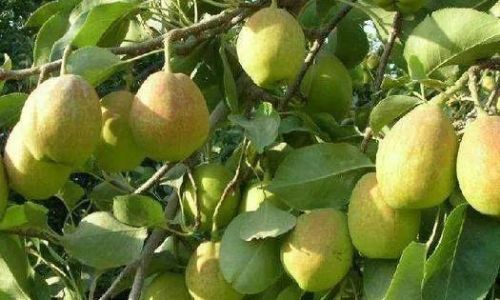
Physical Characteristics
Visually, the Baili pear is a study in understated elegance. Its skin ranges from pale green to golden yellow, often blushed with a rosy tint when ripe. The fruit’s shape is typically ovate or pyriform, resembling a teardrop, with a slender neck and a rounded base. A distinctive feature is its fine, velvety skin, which is thinner than that of many Western pears, giving it a tender bite. The flesh is milky-white, juicy, and grain-free, with a crispness that snaps cleanly when bitten. Its texture has been likened to that of a crisp apple, yet it melts into a buttery smoothness upon chewing.
Flavor Profile and Aroma
The Baili pear’s flavor is a harmonious balance of sweetness and subtle acidity, with floral and honeyed undertones. Unlike some pears that become mealy or grainy when fully ripe, the Baili pear retains its crispness, making it ideal for fresh consumption. Its aroma is delicate, with hints of citrus and wildflowers, which intensify as the fruit matures. This aromatic complexity makes it a favorite for gourmet applications, from salads to desserts.
Culinary Versatility
The Baili pear’s culinary uses are as varied as its flavor profile. In China, it is primarily enjoyed fresh, often sliced and served as a palate cleanser or paired with cheese in upscale restaurants. However, its high water content and firm texture also lend it to cooking:
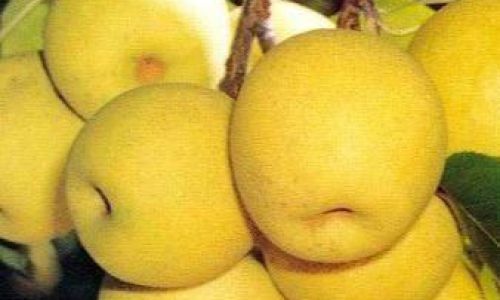
- Poaching and Baking: Sliced Baili pears are poached in syrup with spices like cinnamon or star anise, resulting in a translucent, fragrant compote. They are also baked into tarts or stuffed into dumplings.
- Preserves and Jams: Due to their natural pectin content, Baili pears are ideal for making low-sugar jams or fruit leathers.
- Savory Dishes: In northern Chinese cuisine, thinly sliced Baili pears are added to stir-fries with pork or duck, where their sweetness cuts through rich meats.
- Fermented Beverages: In rural regions, pears are fermented into pear wine or pear brandy, a traditional spirit consumed during winter festivals.
Cultural Symbolism and Historical Significance
The Baili pear’s connection to Chinese culture runs deep. In folklore, it symbolizes purity, longevity, and prosperity—attributes linked to its jade-like color and resilient growth. During the Tang Dynasty (618–907 CE), pears were reserved for imperial courts, with the Baili variety being a favored gift among nobles. Today, it remains a staple during Mid-Autumn Festival celebrations, often presented in ornate boxes as a symbol of familial unity.
Agricultural Practices and Growing Regions
Baili pear trees thrive in temperate climates with cold winters and mild summers, making Hebei Province’s loess plateaus ideal. Farmers employ traditional techniques like hand-pollination and organic pest control to preserve the fruit’s quality. The trees are pruned into a vase shape to maximize sunlight exposure, and harvesting occurs in late summer, when the pears reach peak sweetness.
Nutritional Benefits
Beyond its culinary appeal, the Baili pear is a nutritional powerhouse. A medium-sized fruit contains:
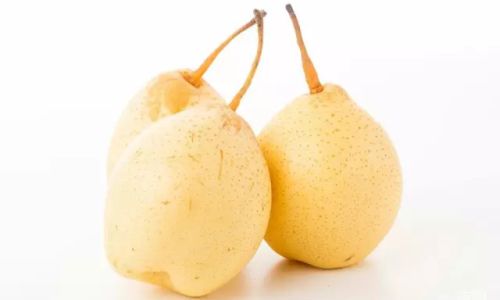
- Dietary Fiber: 6 grams (24% DV), aiding digestion.
- Vitamin C: 12% DV, boosting immunity.
- Potassium: 212 mg, regulating blood pressure.
- Antioxidants: Flavonoids like quercetin, which reduce inflammation.
Its low calorie count (100 kcal per fruit) and high water content (84%) make it a guilt-free indulgence.
Comparisons with Other Pear Varieties
While the Baili pear shares similarities with Asian varieties like the Ya pear (Pyrus ussuriensis), it differs in texture and flavor. Ya pears are softer and more floral, whereas Baili pears offer a crisper bite. Compared to European pears like the Comice, Baili pears have a thinner skin and less graininess. This distinction has made Baili pears a sought-after ingredient in fusion cuisine, where their texture contrasts with creamier components.
Global Availability and Challenges
Despite its popularity, the Baili pear remains predominantly a Chinese delicacy. Export barriers include its delicate shelf life—lasting only 2–3 weeks post-harvest—and susceptibility to bruising. However, advancements in controlled atmosphere storage and cold-chain logistics have begun to expand its reach to markets like Singapore, Hong Kong, and parts of Europe. In the U.S., specialty grocers in cities with large Chinese diasporas occasionally stock them during peak season.
Preservation and Storage
To extend shelf life, Baili pears are often harvested slightly underripe and stored at 0–2°C (32–35°F). For home storage, placing them in a paper bag with a banana or apple accelerates ripening via ethylene gas. Dried Baili pear slices, a popular snack, retain much of their flavor and nutrients for up to six months.
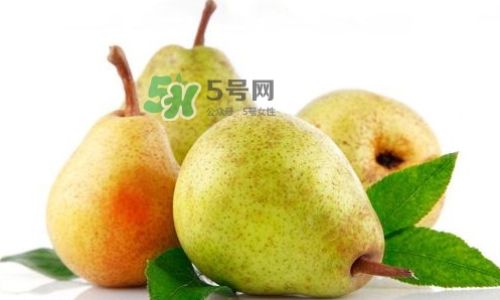
Conclusion
The Baili pear is more than a fruit—it is a testament to China’s agricultural ingenuity and cultural heritage. From its humble origins in Hebei’s orchards to its presence in Michelin-starred kitchens, this pear embodies the balance of tradition and innovation. As global palates increasingly seek unique, health-conscious ingredients, the Baili pear’s future shines brightly, a jade-green ambassador of Chinese gastronomy. Whether enjoyed fresh, poached, or preserved, it invites us to savor the artistry of nature and human collaboration.



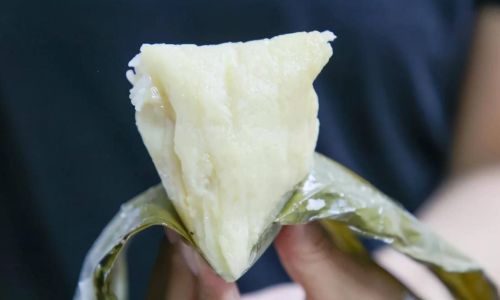
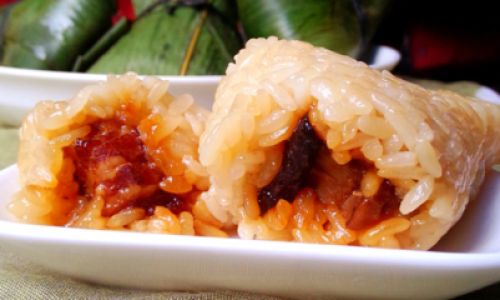
0 comments